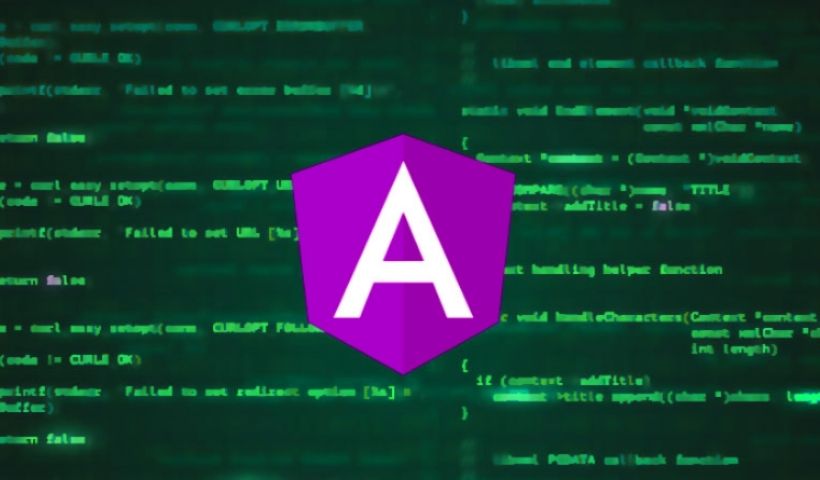

Angular, the popular Javascript framework, is written from scratch, and has numerous improvements over its initial version. Angular 2 is the new version of the framework that we knew by the name of AngularJS, which we already talked about in the article Why AngularJS? .
Even if it is a new version, this should not mislead us: rather we should think that it is a different framework . Four years after its birth, it has even changed its name and is now called Angular 2 , without the acronym JS.
In this article, we analyze some of the new features that come with the arrival of Angular 2 , especially those that have forced its creators to start from scratch and have broken backward compatibility.
It is a different framework, since it has been rewritten and the development mode changes a lot, although it is also true that it reuses several of the mechanics to which we were already accustomed. Perhaps if you start studying Angular 2 now, without having gone through the 1.x versions, this will be indifferent to you, but those who knew the first version of Angular will see that it is almost as if they started from scratch.
We are seeing this trend in the number of successful products and it has been positively received by the community, since it allows us to break down the problems of the applications in a more granular way and isolate the responsibility of the code of each piece of an application.
Also Read : All You Need To Know About Best Subwoofers
The components came to Angular in versions 1.5, but the novelty now is that their use is absolutely mandatory.
Due to the architecture of Angular’s dependency injector, one of its main pieces already in 1.x versions, it was very difficult to implement lazy loading. The dependency injector has now been redesigned to make Lazy Load an easy option to implement.
The main novelty in the Angular 2 binding model is that the developer is able to decide how the flow of the binded data should be implemented, in one direction, in two, etc. This improvement puts in the hands of the developer a great tool for optimizing applications, which can be up to 5 times faster.
Now they like to call themselves by the term “platform” rather than “framework”, as it could be used to develop not only web applications, but also for devices, general-purpose programs, and so on.
Angular 2 is written in TypeScript and although we are not forced to use this language to develop our applications, it is a recommendation. With this, great benefits are achieved, such as the possibility that the TypeScript compiler helps us in development time, alerting us to problems in the code when we are writing it, or suggesting much more extensive and relevant completion possibilities.
It also allows us to work with real classes and objects , which allows us to easily apply widely used design patterns in development with more robust languages and we can do refactoring with the help of the editor itself.
In practice, with TypeScript, the frontend development experience is much more similar to that of backend development. All thanks to a strong type system and various tools such as generics, interfaces, abstract classes, etc.
In summary, Angular 2 is an excellent tool that, despite being more complex than its predecessor version, does take us to a new level in frontend development. It offers us a framework designed to respond to all the needs of developers and an architecture capable of meeting the requirements of the future.
Also Read : What Are Bing Ads And How To Set Up A Campaign?
FDA Approves Non-Opioid Pain Medication: In a landmark decision, the U.S. Food and Drug Administration…
Justin Tucker News : Baltimore Ravens kicker Justin Tucker has recently been accused of sexual…
Nancy Kerrigan, a renowned American figure skater and Olympic medalist, has recently been in the…
Bryce Mitchell's Controversial Comments: Bryce Mitchell, a UFC featherweight fighter, has recently sparked widespread controversy…
Brand: Any business needs a solid marketing and advertising campaign for franchises to achieve its…
This Person Is Unavailable On Messenger: When you encounter the message "This person is unavailable…